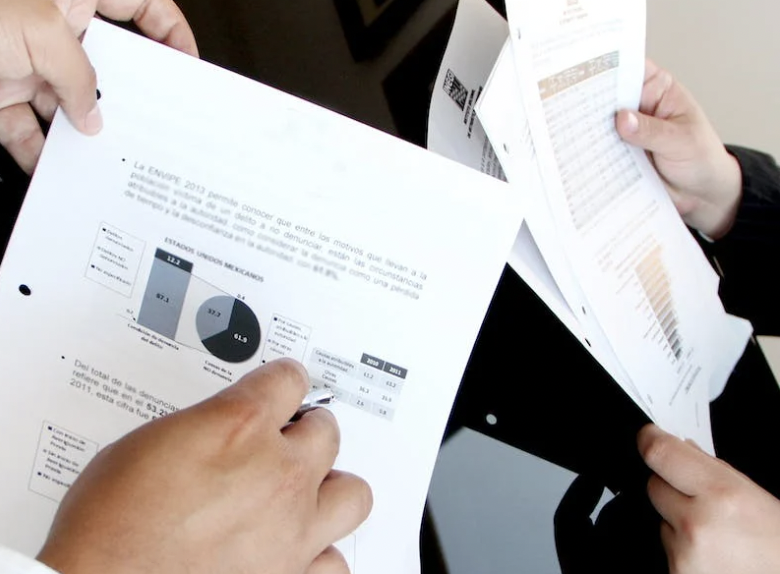RESOURCES
Develop a Data-Driven Strategy for Your Peak Season on Amazon
Depending on the product category your brand belongs to, its peak season may vary. Peak seasons could be during the holidays, over the summer, or another time of year. Whenever this time is, it's an opportunity for brands to increase visibility, conversions, and sales. Developing a strategy ahead of time is crucial to making informed decisions. Continue reading to learn more about how to develop a data-driven strategy for your peak season.
Get Into a Peak Season Mindset
First, brands have to take on a peak season mindset to develop a data-driven strategy. Peak seasons require a point-of-view unique to any other time of the year.
To start, brands should be ready to spend more than usual on advertising and set aside extra budget. This will help reinforce your efforts and make them more impactful during this important period. That being said, profitability always shouldn’t be the sole focus. Peak season also is a time for spreading brand awareness, as well as increasing sales velocity to fuel long-term growth.
Consider the flywheel effect when approaching your peak season as a long-term growth opportunity. The concept of Amazon’s flywheel is based on building up enough momentum or sales velocity for a product or brand to increase discoverability and sustain itself moving forward. A data-driven strategy will not only help generate a short-term significant sales spike but should impact sales for the coming months as well.
Define Your Brand’s Objective
Secondly, it’s important to define your brand’s overall objective for its peak season. Every brand is different and goals vary across industries and size. However, we’ve identified four common objectives to consider for your data-driven strategy.
- Liquidate - Use increased traffic and conversion rates during the peak season to sell products your brand won't focus on in the future
- Launch - New or recently launched products have the chance to gain a boost in sales velocity with peak season discounts.
- Boost - Spread your peak season budget across 10 or more products to improve sales velocity throughout several categories and product lines.
- Accelerate - Increase the sales of a few top-performing products to make the biggest impact on sales in the months following peak season.
Establish Your Brand’s Assortment Strategy
Next, when deciding which products to promote, it's important to consider several factors.
Begin by thinking about your company’s internal goals and variables. Consider whether your business needs to hit certain numbers and if a certain budget level may be needed to get there. Your budget also may vary based on the size of your catalog, category, or goal for your product. For example, it wouldn’t make sense to dedicate a significant amount of money toward a product that will be discontinued soon, as that wastes the residual sales velocity advertising can create
It's also important to take a close look at inventory levels. This is a crucial step in the process to make sure your brand can support the influx of traffic and conversions. If certain products don't have enough inventory, they may not be the best products to focus on.
With a clear understanding of internal goals, study Amazon variables next.
Analyze data from the previous year to see which products sold the best during peak seasons. Try to understand how different initiatives like deals, advertising, and conversions performed. Year-to-date data is also important because Amazon is always changing. So, high-performing products from the previous year may not experience the same success this year. Dive into promotions, conversions, advertising data, and best sellers rank.
Looking internally at your business, using Amazon’s data, and applying this information to your objective will help to make informed decisions on where to focus your efforts.
Build an Action Plan for Your Data-Driven Strategy
Finally, with all the necessary information gathered, it’s time to put your data-driven strategy into action. Leading up to your peak season you will see an incremental increase in sales and then a larger spike during peak season. Then, the goal is to maximize the residual value and increase in sales velocity over time.
Between two and four weeks prior to the peak season, begin to increase advertising spend across your account to get a head start and remain competitive with those in your category.
During your peak season, run your biggest deals and campaigns, and focus on bids and budgets. Monitoring performance and budgets allow brands to adjust in real-time and yield the best results.
Then, within two to four weeks after your peak season, continue to support your products. Focus on advertising, promotions, coupons, and other deals to fuel the flywheel effect.
A data-driven strategy is key to succeeding during your brand’s peak season. Use these recommendations to prepare for your peak season and make the most of this time. Feel free to reach out with any questions or schedule a free consultation. We’re here to help.
SIMILAR POSTS YOU MIGHT BE INTERESTED IN:
SIGN UP FOR OUR WEEKLY NEWSLETTER

News, Views, and Valuable Resources
Delivered to Your Inbox Each Week



